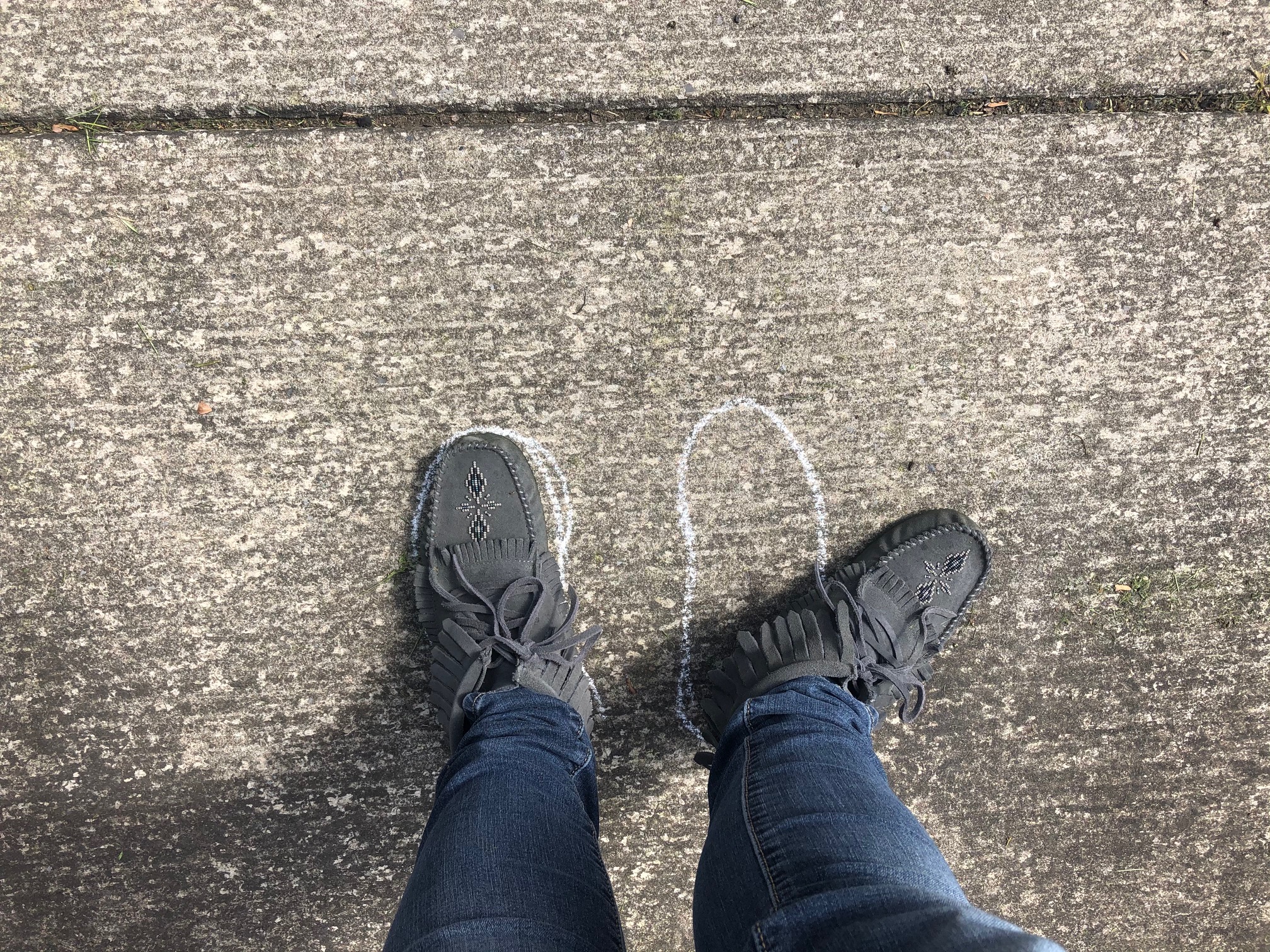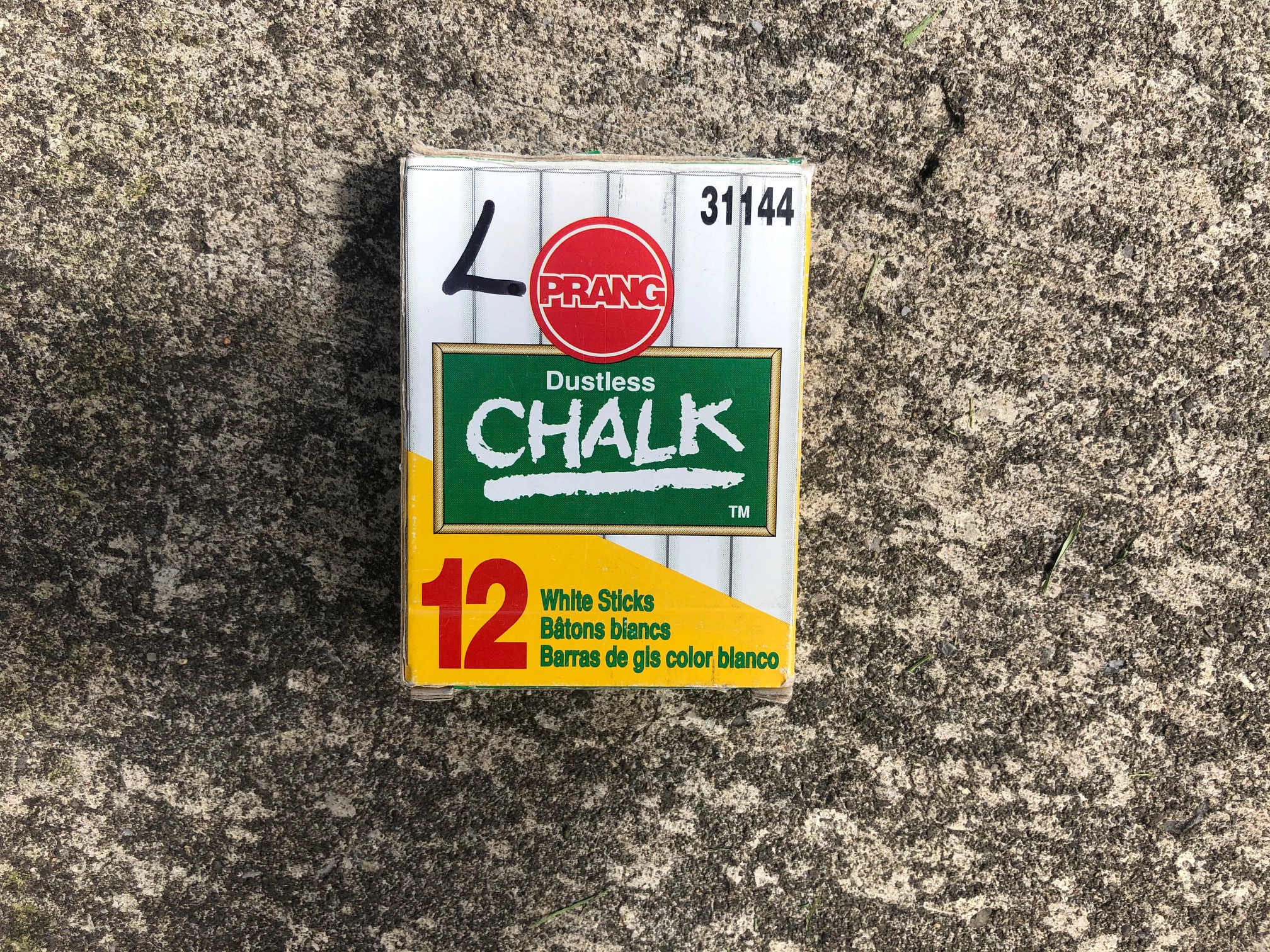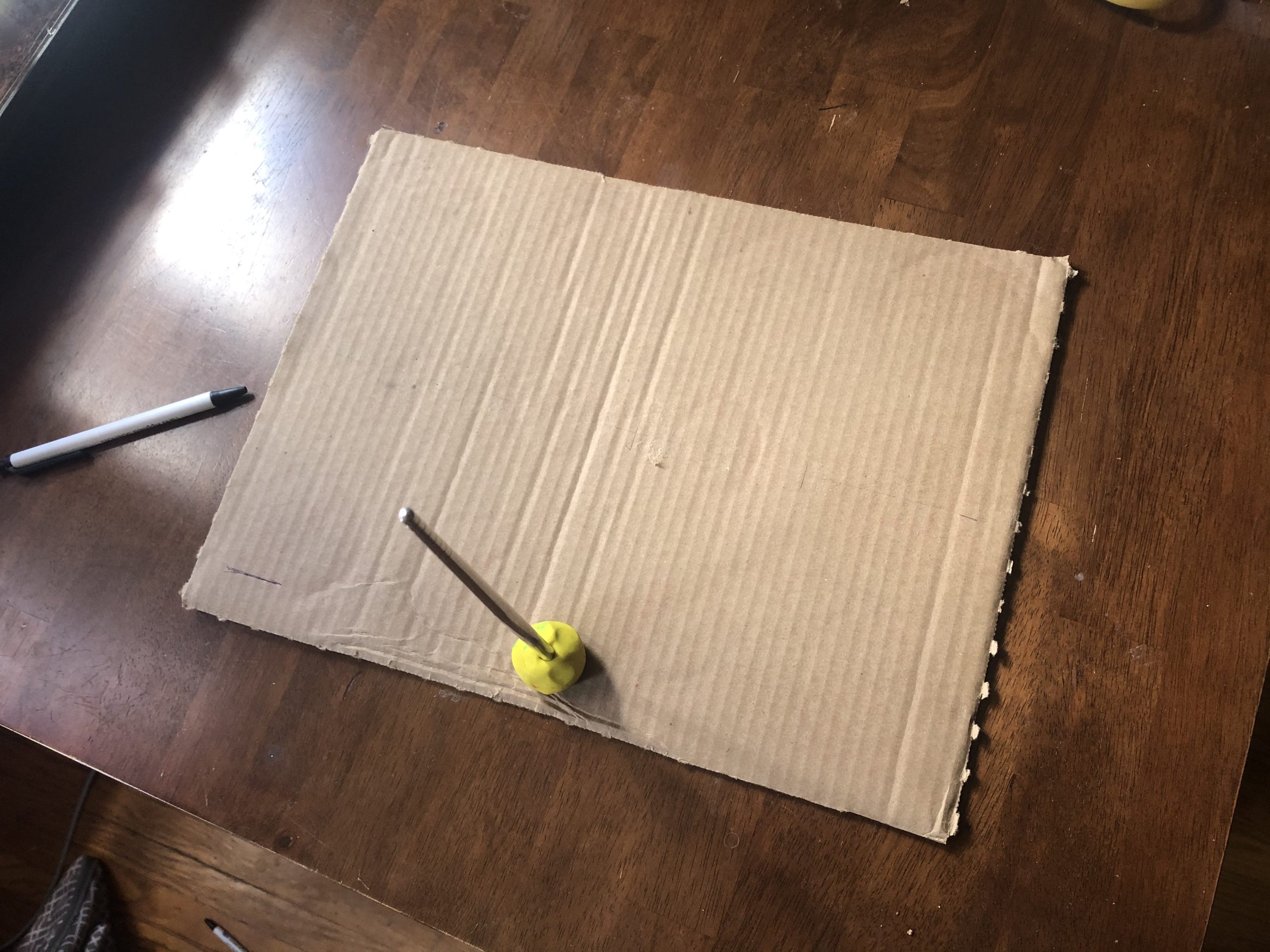Shadow Tracing

Have science fun as a family! Complete activities with parental supervision.
Materials:
- Chalk
- An area of sidewalk or driveway that is sunny for several hours
- An assistant (recommended)
- Optional: Compass
- Optional: Tape measure
- Optional: A piece of cardboard, some clay, a stick, and a marker or pen
Procedure
- On a sunny day, pick a sunny bit of side walk. Ask permission to draw on it with chalk.
- Stand in one place and trace your feet. You will be returning to this place throughout the day.
- Standing in your footprints, have someone else trace your shadow. If you are by yourself, look at your shadow while you are standing up. How far does it go? Use landmarks on the ground and move to mark them with the chalk. Remember: when you move, your shadow will move. Try your best!
- Mark the time above each shadow tracing.
- Come back about once and hour throughout the day. What happens to your shadow? Does its shape change? What about its direction?
- Be sure to take a picture or video or even share your data to share in the Facebook comments on the Buffalo Museum of Science or Tifft Nature Preserve pages!
What’s it all about?
A shadow is formed when an object blocks the light from a given light source. Depending on where the light source is located, the shadow can look bigger or smaller and can also appear in different directions.
As the Earth rotates over a day, the sun appears to move across the sky. This changes which direction the shadows appear. Depending on the angle of the sun, shadows appear shorter or longer, so when the sun is closer to the horizon, shadows are very long. When the sun is high in the sky, the shadow is short.
Try It!
- Using a tape measure, measure the length of the shadows throughout the day. When is it the longest? The shortest? Can you make a graph of this information?
- Using the compass, figure out the direction of the shadow throughout the day. How does it change? What does that tell us about the sun’s direction throughout the day?
- Use these ideas to create a sun dial! Using some cardboard, a stick (I used a chopstick, but a pencil or straw would work too), and some clay. Line the stick’s shadow up with the first line in a safe place. Throughout the day, come out and make new lines, tracing where the shadow is at different times.












